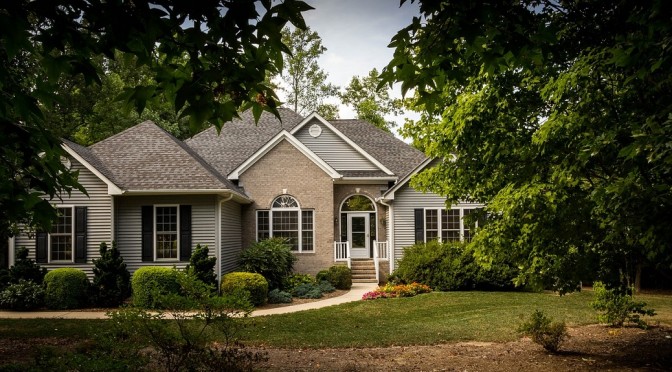by Paige Nickel
Recently, I ran across a discussion on a LinkedIn group discussing reverse mortgage marketing. It was a group of RM professionals discussing some interesting questions about their products, clients, and social-media marketing. The point that particularly piqued my interest was about marketing their products in social channels. In particular, one poster asked “why market where older people don’t go”? Why indeed?
 Point of order, reverse mortgages are available only to ‘older’ Americans (keep in mind, this depends entirely on your interpretation of the word ‘older’). To be clear: reverse mortgages are available for people 62 years and older.
Point of order, reverse mortgages are available only to ‘older’ Americans (keep in mind, this depends entirely on your interpretation of the word ‘older’). To be clear: reverse mortgages are available for people 62 years and older.
But are people 62 and older online? And if so, where are they, and do they engage? Can you actually find potential clients in the social-media channel for reverse mortgages?
Senior Space
Comparing older Americans 65 and older, to younger Americans, this study shows that only 59% of seniors are online — that’s “only” because it compares with 86% of those dang whippersnappers. Still, if you were a fisherman, and 6 out of 10 fish were all hanging out by the same rock, wouldn’t you go fish by that rock?
What’s more, trend lines indicate that seniors will soon more closely mirror the general population. And if that isn’t enough, you can actually use social-media marketing to target almost 100% of the senior demo. “How?”, you ask.

Answer: Through their kids.
And this is where the social message really works. Their kids are either working with their parents to research and understand the complexities of reverse mortgages, or they are doing it entirely on their own. In either case, the primary target is part of a larger family group that is actively searching for loan officers handling reverse mortgages. In other words: those 4 in 10 seniors not even online can indeed be accessed through social media after all, through their kids and siblings. That increases the reach of all your efforts.
The fastest growing social-media demographic is the 74 and up age group. The social-media sites that host the largest population of older adults include Facebook and Twitter with approximately 39 million users age 65 and older, and that number is expected to jump to 45 million by the year 2020. Seniors are on the way to being well represented.
For some tips on good content for seniors, have a look here.
Food For Thought
 I used to get calls seemingly daily from my grandmother who is 76 wanting me to copy and paste something, or send a picture to cousins in Florida. I spent hours with her, teaching her tricks and tips to help her learn. She is into genealogy and spends a lot of her time writing books and researching family history. I explained to her that Facebook would be a great place for her to stay connected with family. She now has an active facebook account filled with family, photos, kitten pictures and more. The point is, she is engaged, and she is active, and like a lot of people her age, she is getting help from a number of family members, all of whom are potential targets for your message.
I used to get calls seemingly daily from my grandmother who is 76 wanting me to copy and paste something, or send a picture to cousins in Florida. I spent hours with her, teaching her tricks and tips to help her learn. She is into genealogy and spends a lot of her time writing books and researching family history. I explained to her that Facebook would be a great place for her to stay connected with family. She now has an active facebook account filled with family, photos, kitten pictures and more. The point is, she is engaged, and she is active, and like a lot of people her age, she is getting help from a number of family members, all of whom are potential targets for your message.
How are you marketing in these dynamic social media channels?






